From Nikon to Fuji (from gear collector to photographer)
When I was 21, I bought myself a Nikon D5100, with 18-55mm kit lens and fulfilled my childish dream of having a “proper” camera for capturing what I see. As the time progressed I sold the kit lens and slowly added Nikon 35 mm F1.8, Samyang 8mm F3.5, Nikon 55-200mm F3.5-F4.0, and later on swapped the old manual Samyang 8mm for Tokina 11-16mm F2.8.
Last year I went to travel for the first in my life to Middle-East and Asia. Back then, my whole gear would have been somewhere around 4,5 kg. D5100, 3 lenses, cleaning kit, flash, tripod, charger and spare batteries, cards, remote control, etc. I realised already before leaving for the travel that 3 months with this added weight on my backpack might prove to be a horrible idea. And it did. The performance of D5100 was just fine for me at that time, and possibilities to go all the way from 11mm to 200mm seemed to be just perfect for anything. But by the time I crossed Turkey and Iran and arrived to UAE I was already more than sick of carrying my equipment around and decided to overspend my travel budget and bought X100s in Dubai. My next destination was Kathmandu and after 3 days with X100s I sold my D5100 with 35mm and 55-200mm lens on a market in Kathmandu, for some 300 USD after hard bargain. Maybe I got ripped off, but I didn’t want the camera anyway as I got an ultimate all-rounder in my hands. The only things I saved from my original gear was tripod and Tokina 11-16mm lens that I sold once I got back to Europe.
So what are the advantages of this small camera that really matter to me ?

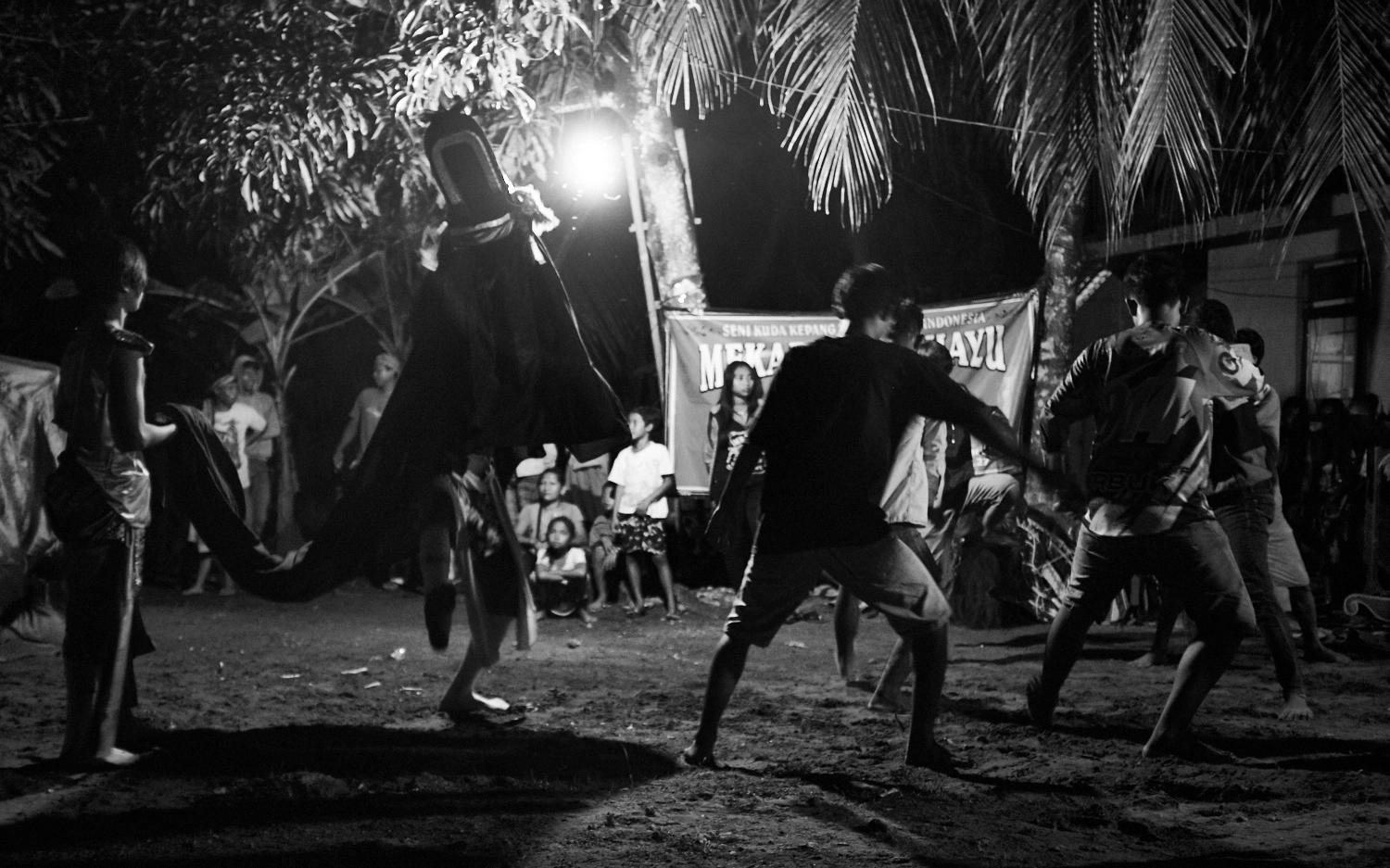
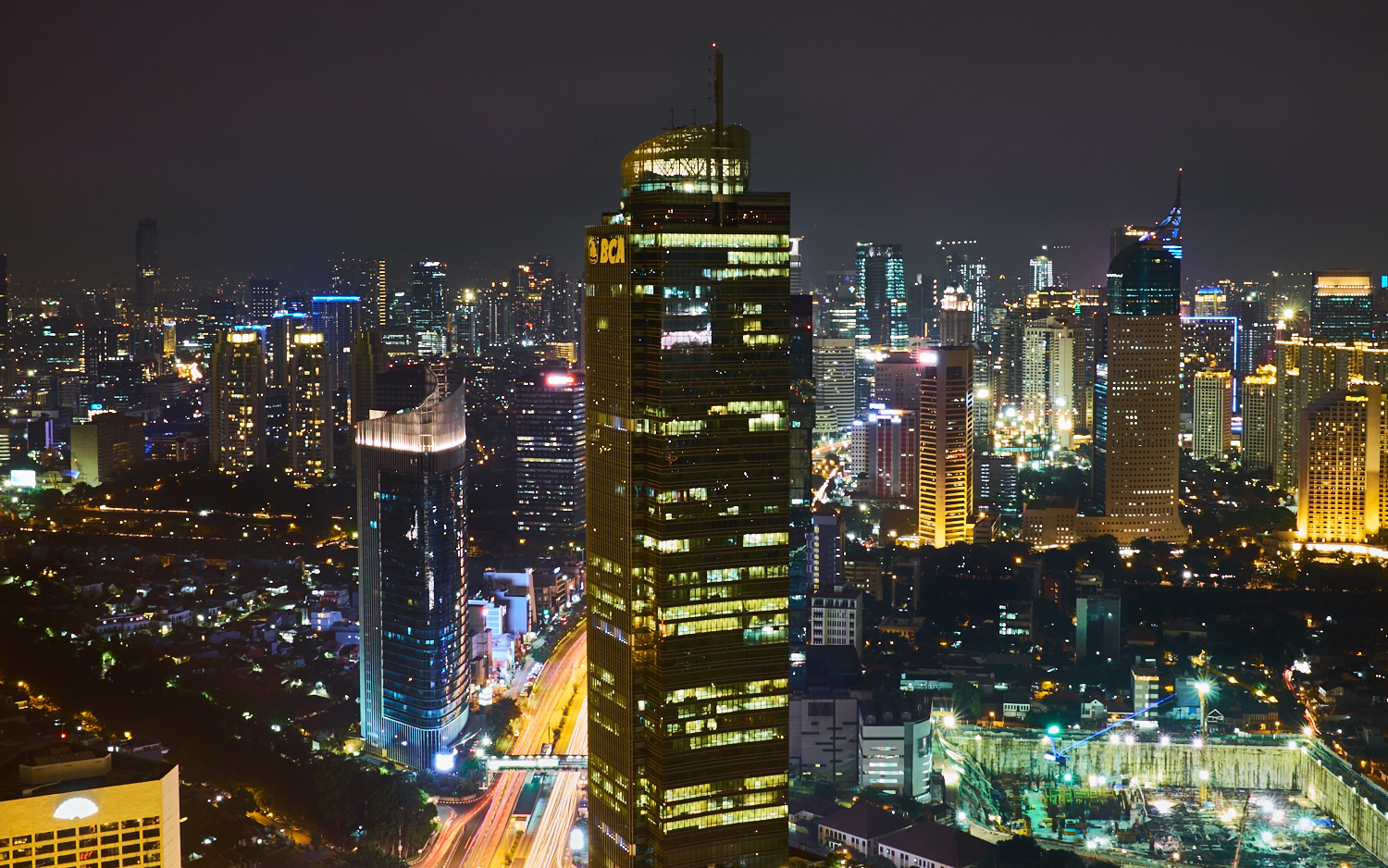
1, Size
X100s fits even in side pocket of my trousers, if I need to put it there. The size of the camera didn’t bother me before, but once I got used to it, I cannot imagine going back to even a “small” crop-sensor DSLR. It is light and I notice it in my backpack or around my neck just enough to know it’s still there, and not to feel it’s weight after couple of days hike in mountains.
2, Design
Fuji’s design is stylish, no matter what age-group you belong to. There are heaps of articles promoting Fuji’s design. It is an attractive camera. What matters for me is that it looks old, and perhaps useless, even though the absolute opposite is the truth. It doesn’t scare away people on the streets, nor farmers or monks or anybody else for that matter. It is a small harmless camera. When I was trying to shoot a “Celebration” of death of a prophet Muhammed in Tehran with D5100 and 11-16mm Tokina lens, after 3 minutes I was approached by local police, later by national security agents and soldiers asking for my “press-pass card” from Iranian government and it took me more than 40 minutes to explain, that I am simply travelling through their country and I am definitely not working for any foreign press. By the time I was finished, also everything interesting finished and I walked away “empty-carded” from something really astonishing with my “professional looking DSLR”. With X100s I was shooting monks praying and they had no idea I ever took out a camera to shoot them, and I never got into any similar problem.
Another plus is that most people in Asia and Europe, in the countries I’ve visited so far, think I have some kind of old film camera. Average people think this camera has no value. As a result nobody is interested in stealing some old junk.
3, Quality
The materials that the camera is made of, and overall finish is incomparable with the Nikon I had before. All-metal solid piece of resistant perfection. Recently, when hiking through humid jungle in west Java, I slipped on a trek and jumped into mud hole with my x100s around my neck without any cover. Mud splashed all around my body and face, and the camera display side was completely covered in a proper layer of mud. For a moment I thought that this was it for my Fuji. I found a waterfall 5 minutes later. With a piece of cloth I took away most of the mud and then dried it with a small towel I had in a backpack. Turned it back on and continued my trip.
I stayed with this camera in Norwegian mountains and took it for trips in -30°C for lunch-time sunrises and ended up in snow more than once.
Last year I spend 7 months in India, 6 of which I was living and working as a teacher in Varanasi. In those 6 months Varanasi turned from sand-storm area with 46°C (day or night) to a monsoon jungle with humidity around 90% and 38-30°C. I never had a problem with this small, smart, resistant system.
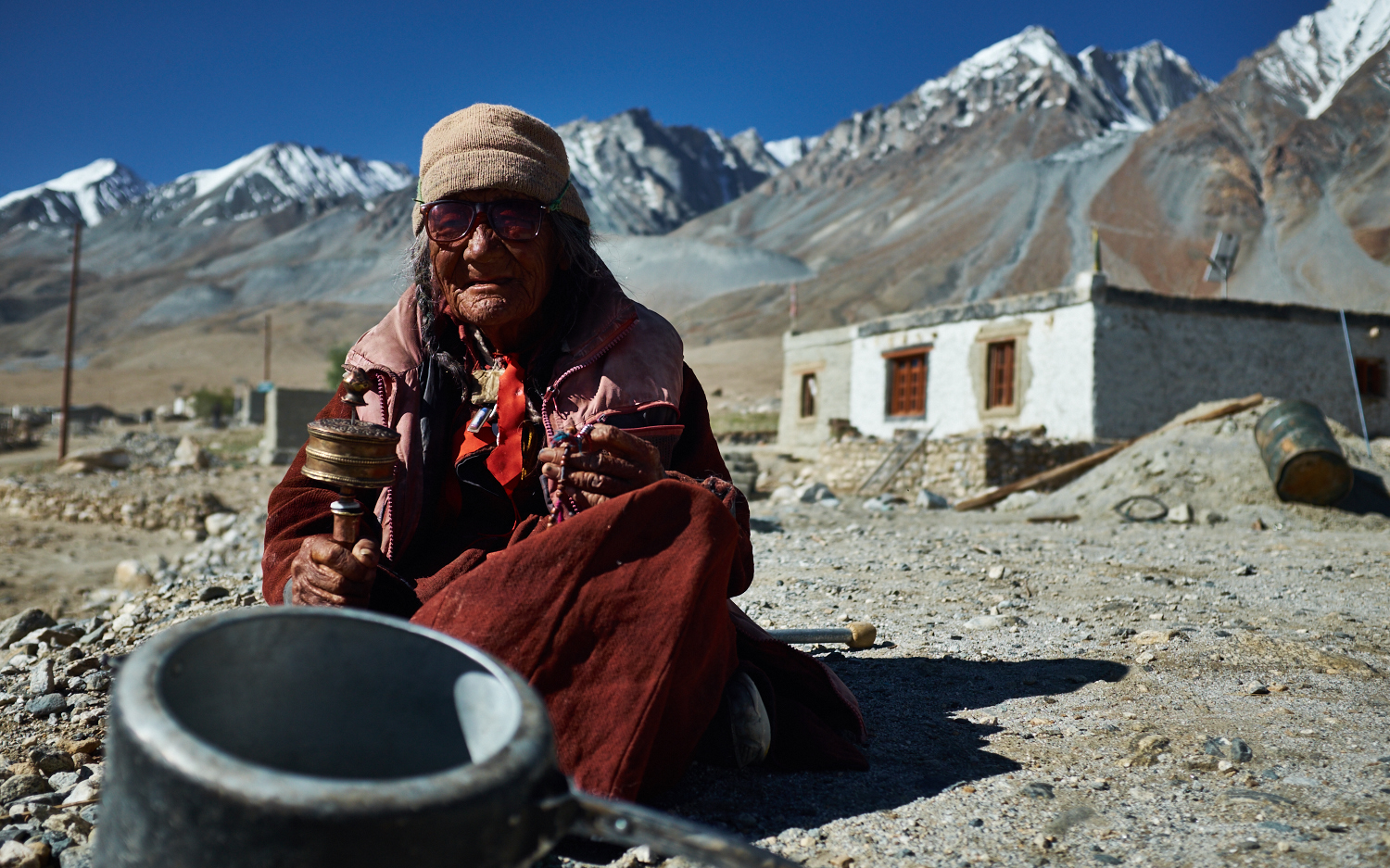
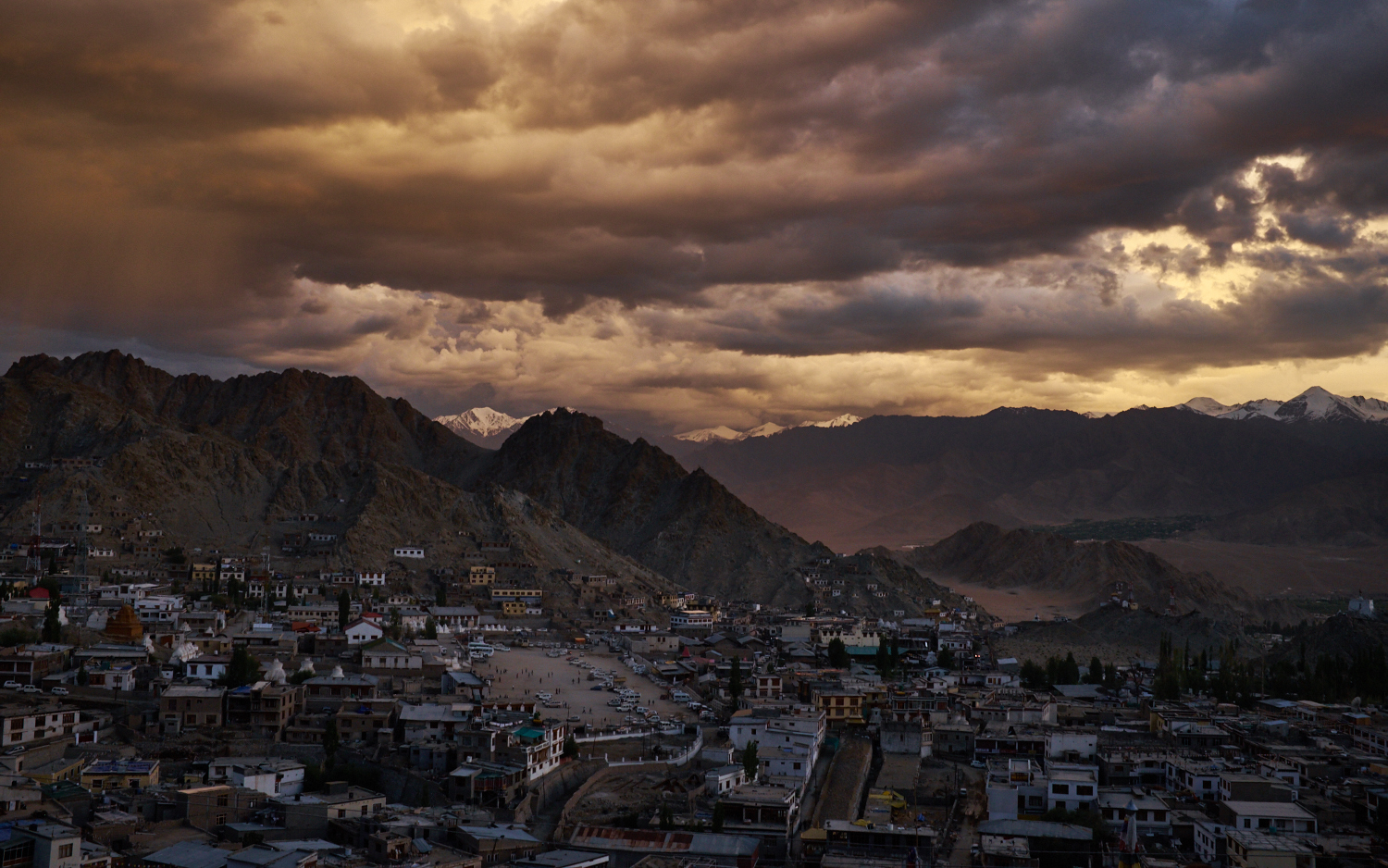

4, Photos
The resulting quality of the pictures is simply amazing. The photos can get a bit soft, If you push it all the way to F2.0 but that’s the fact I can very easily live with. I shot into .RAF (Fuji’s RAW) and avoid jpg at all, to save some space on my cards. I only stumbled a bit with Fuji when it comes to post-processing. Results I got in Lightroom didn’t satisfy me and compared to in-camera jpg were much more softer and the colours were way off. I switched to “Capture One” software and found myself being happy photographer once again. X100s performance in the evening or night is outstanding. I can afford to push it to ISO 3200 and still get decent noise and good quality prints out of it.
5, Creativity
Being used to gear that can take you from 8mm to 200mm, that gives you freedom to always zoom in/out on any subject, I do get challenged with only 35mm. If you get stuck with 35mm you simply have to get creative. You can forget about zooming in on a wild rhino 150 meters away, or taking a picture inside a cave. But when it comes to daily use on the street or in the nature, this camera will force you to work with what you have. It will either push you towards being creative and finding a way to build up a scene or you will fail. Both of the results are good in my opinion, either you do something with the scene that you made yourself and can be proud of, or you simply don’t produce a photo that had nothing personal in it. You have to get closer, to get a proper portrait, you have to get to the action to capture it and the photos become more personal.
Looking at this transition a bit over year after, I am more than satisfied that I made up my mind and got one X100s for myself. I learned to get closer to my subject and not just shot them from far with tele-photo lens. I got far more creative with angles/shapes/subjects in my photos. I can make a handheld high-quality shots in the evening. I don’t have to think about other lenses and where to get money for them. I simply have a camera that I can use in almost any condition (freezing winter/humid jungle/desert/day or night). It doesn’t weight almost anything, it looks great, it’s practical, fast and simple and allows me to set anything by myself, if I want to. It is simply the best choice I could have made, that helped me to become better photographer.
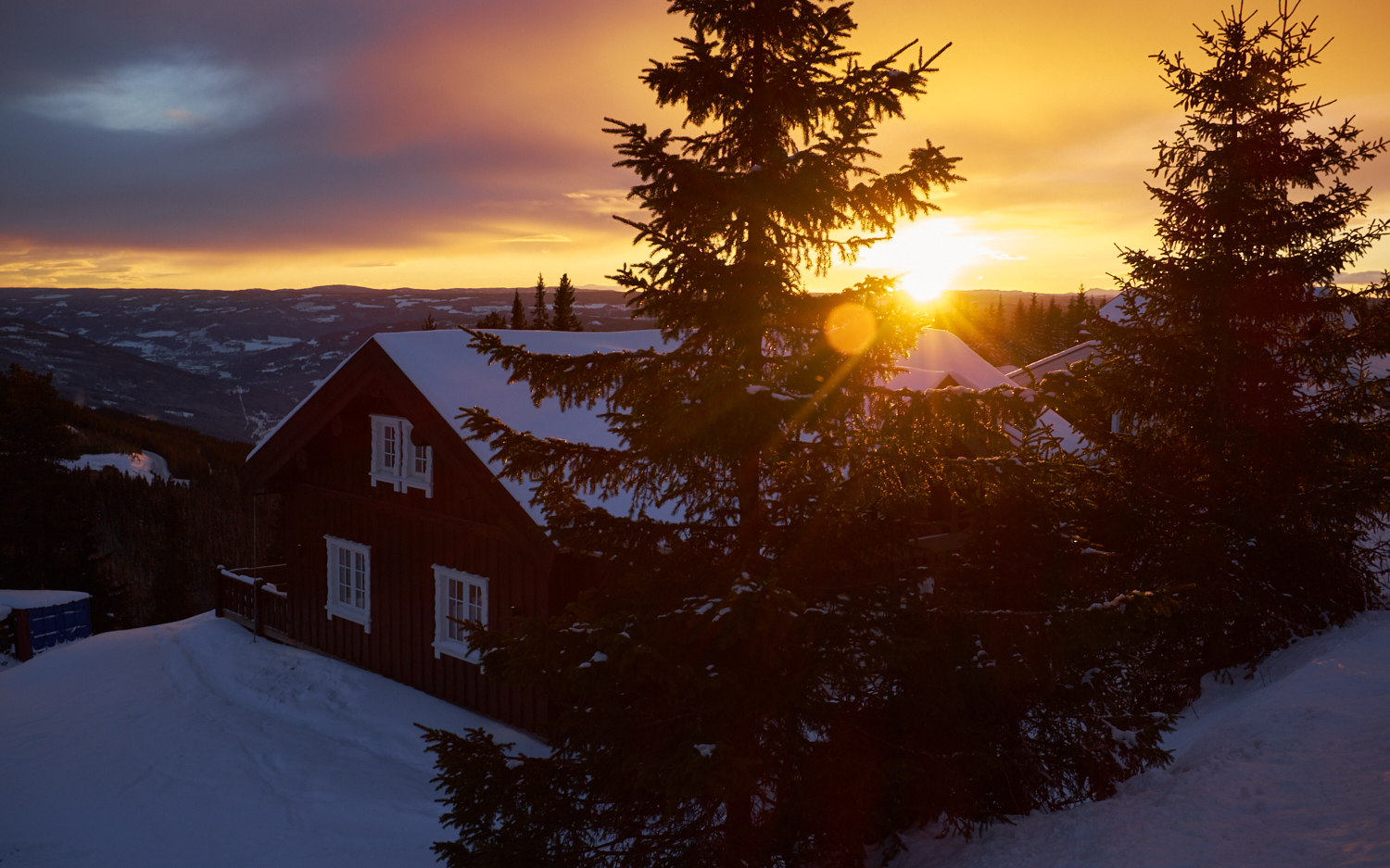
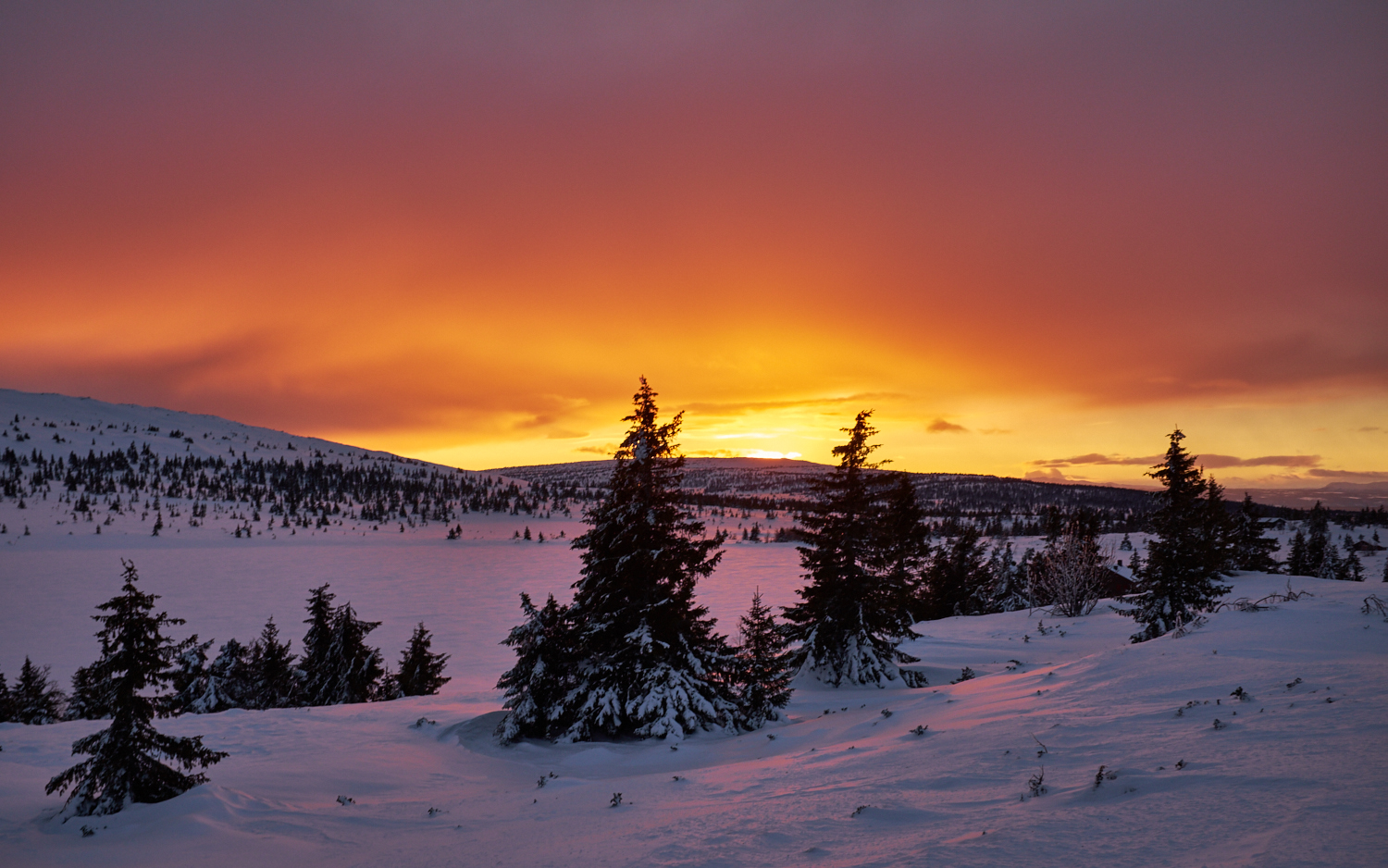
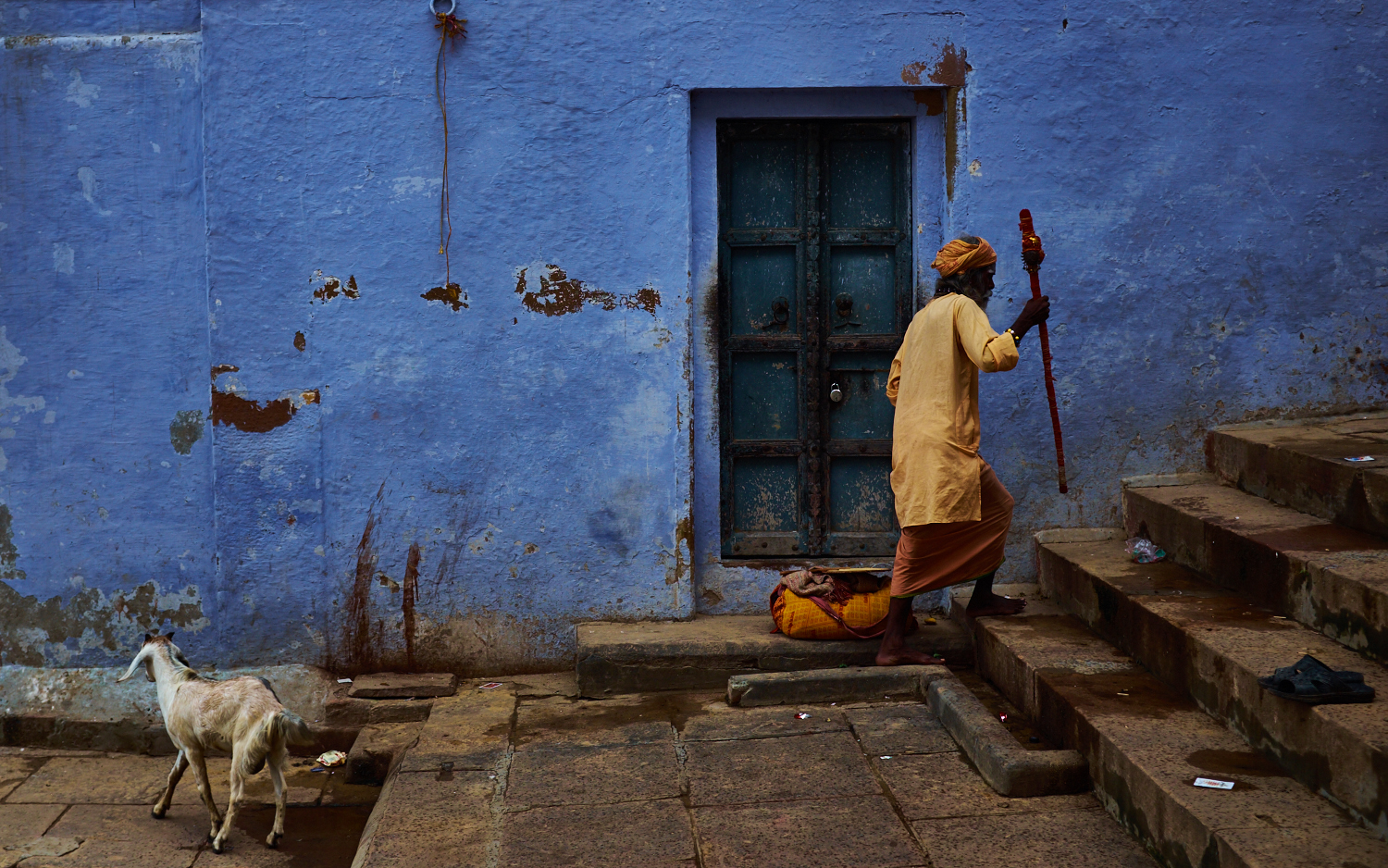
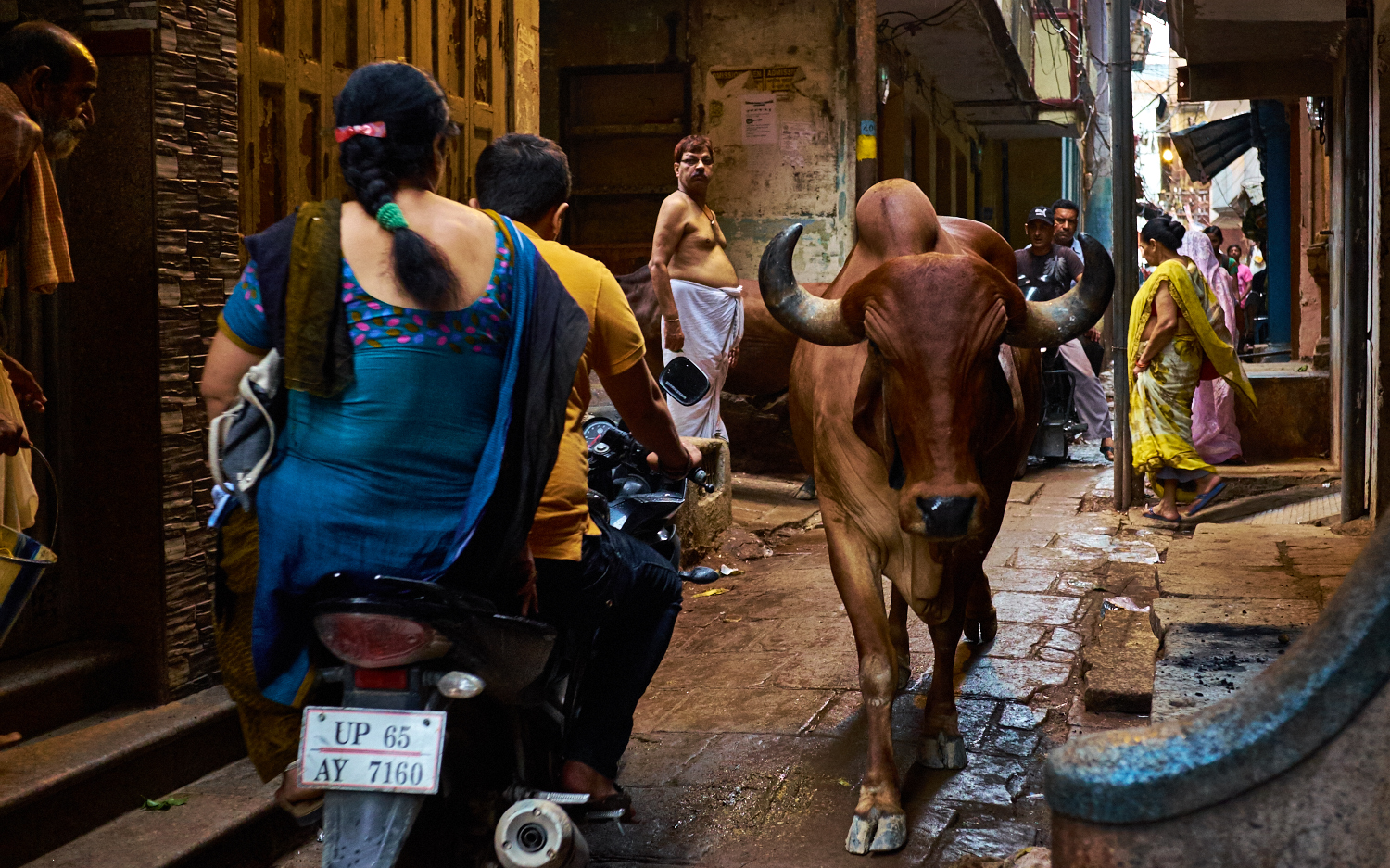


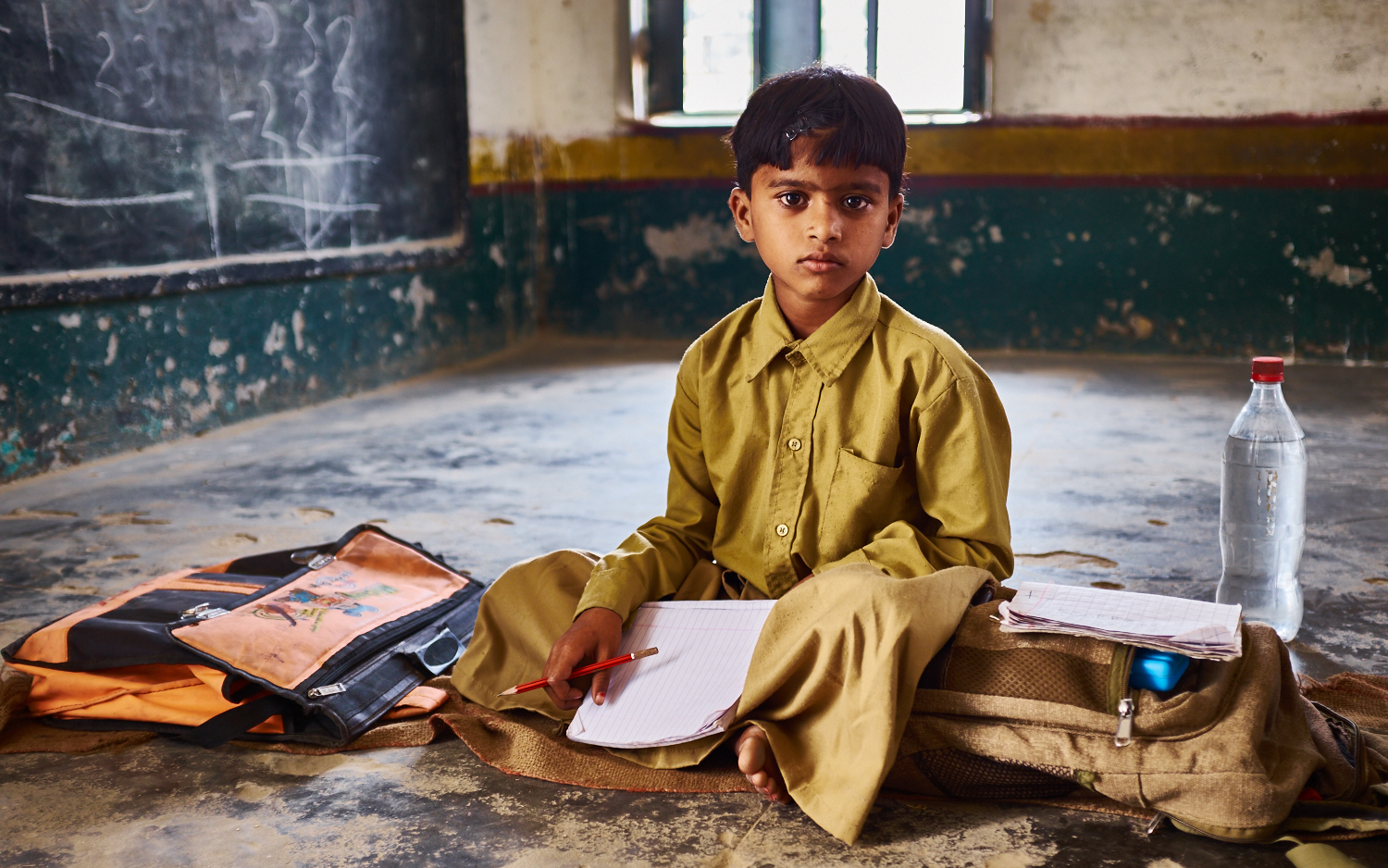

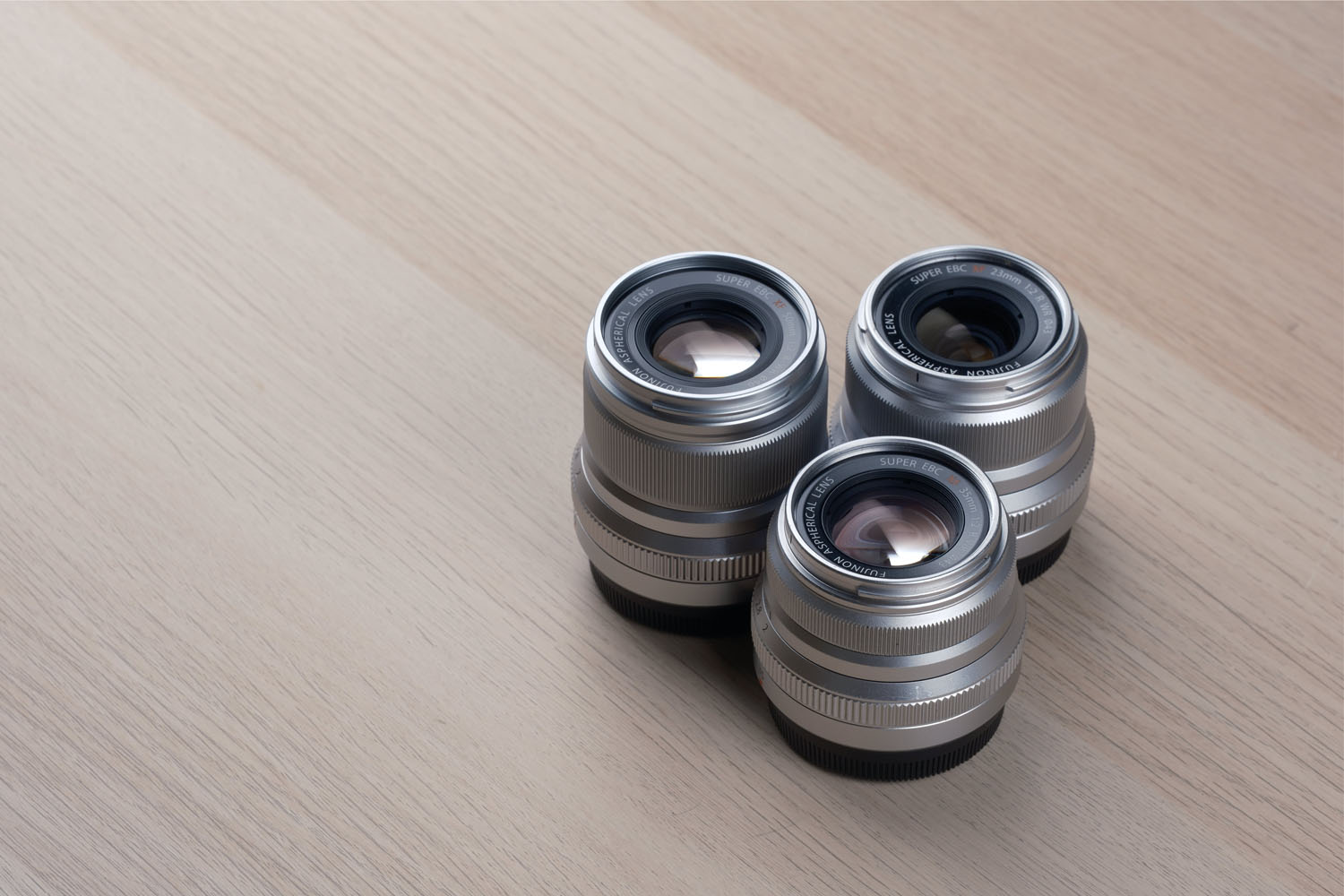
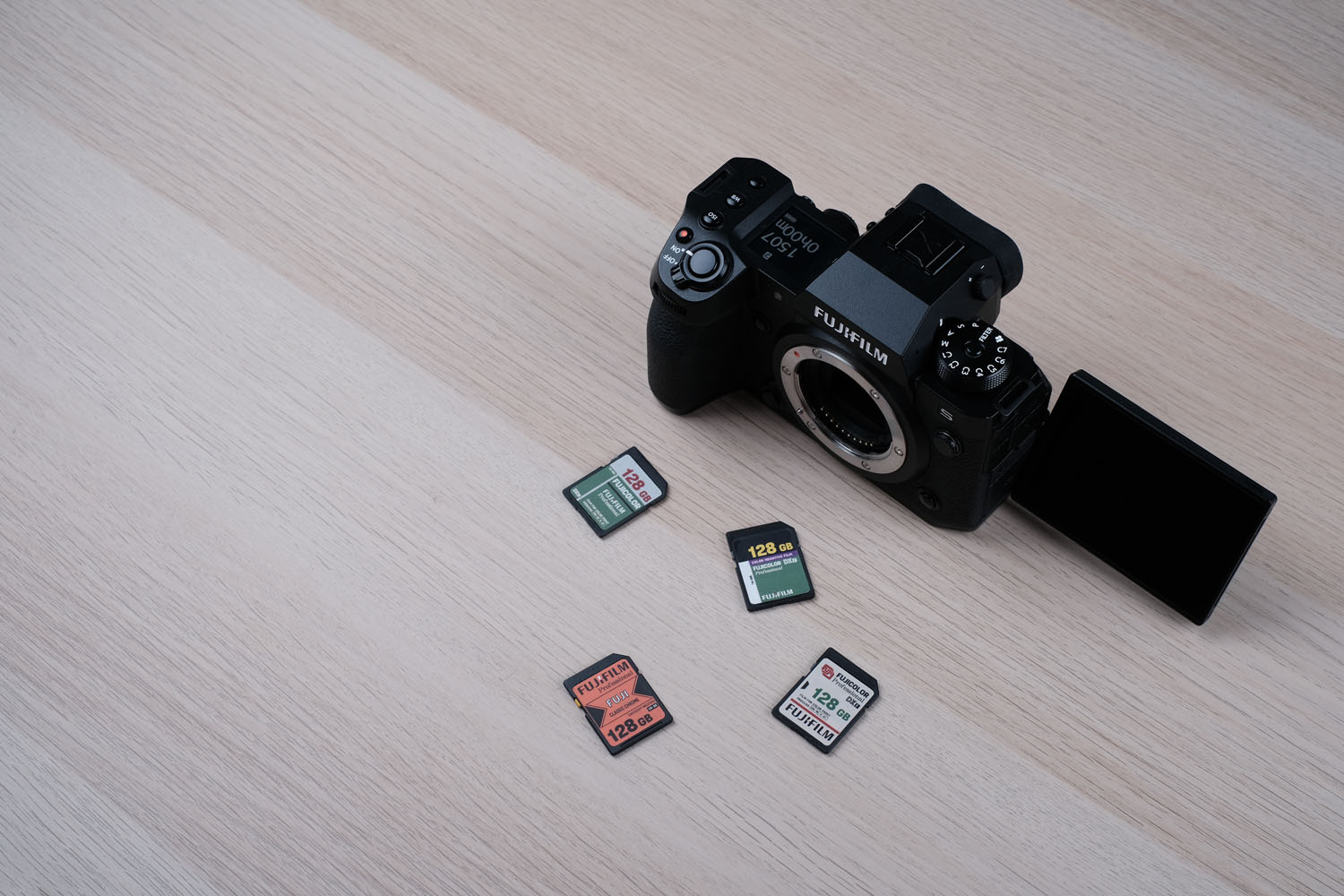
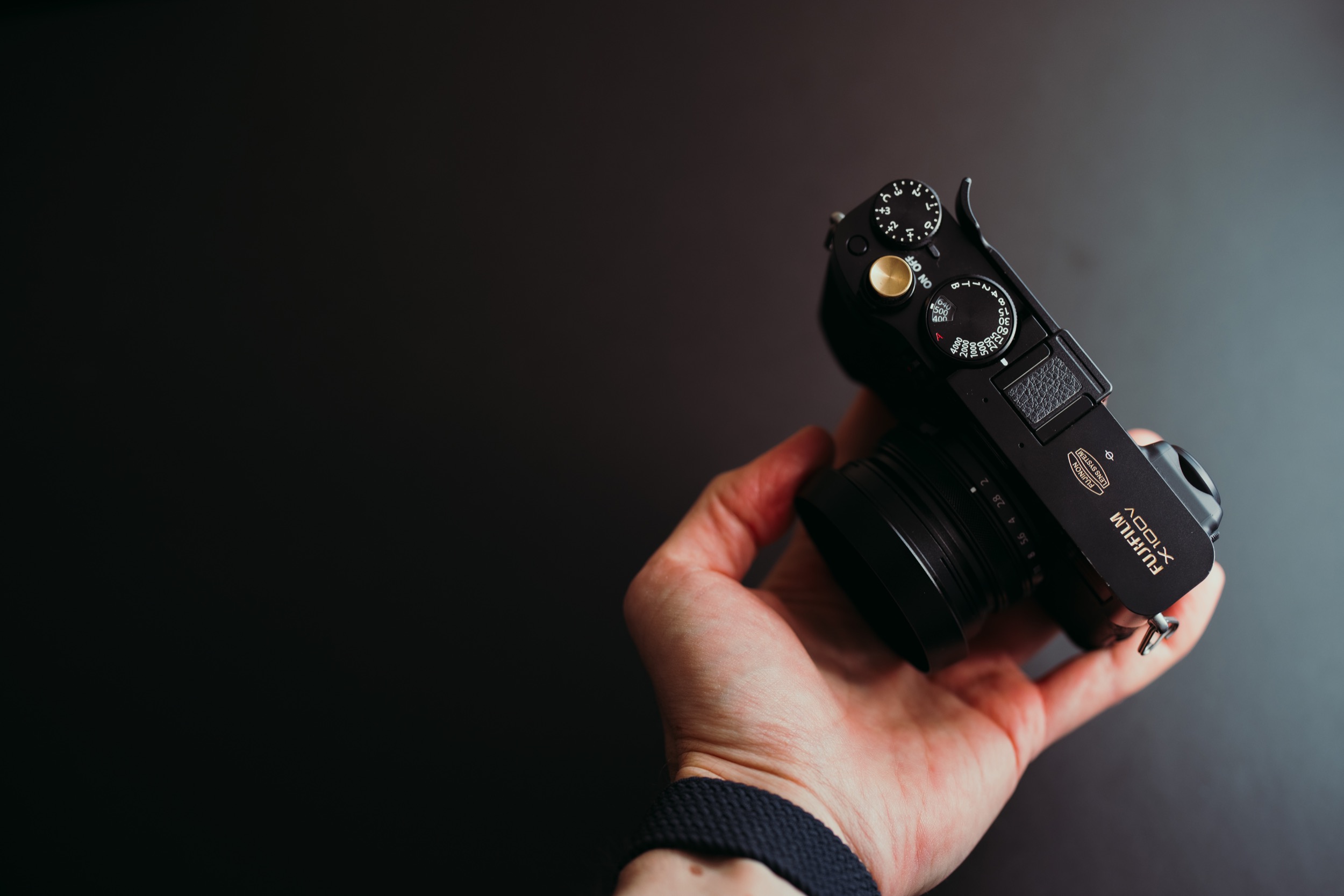
From Nikon to Fuji (from gear collector to phot...
March 15, 2016 @ 2:20 pm
[…] When I was 21, I bought myself a Nikon D5100, with 18-55mm kit lens and fulfilled my childish dream of having a “proper” camera for capturing what I see. As the time progressed I sold the kit lens and slowly added Nikon 35 mm F1.8, Samyang 8mm F3.5, Nikon 55-200mm F3.5-F4.0, and later on swapped the old manual Samyang 8mm for Tokina 11-16mm F2.8. […]
From Nikon to Fuji (from gear collector to phot...
March 15, 2016 @ 8:45 pm
[…] […]
GambaJo
March 17, 2016 @ 1:48 pm
Yeah dude, I have the X-T1, but the X100s ist still my favourite camera (here my Vietnam travel diary mostly made with the X100s: https://gambajo.wordpress.com/category/reisen/vietnam-2014/). But I was very disappointed about Fuji’s update strategy. They stoped the update support for the X100s to early.
From Nikon to Fuji (from gear collector to phot...
March 24, 2016 @ 10:33 pm
[…] When I was 21, I bought myself a Nikon D5100, with 18-55mm kit lens and fulfilled my childish dream of having a “proper” camera for capturing what I see. As the time progressed I sold the kit lens and slowly added Nikon 35 mm F1.8, Samyang 8mm F3.5, Nikon 55-200mm F3.5-F4.0, and later on swapped the old manual Samyang 8mm for Tokina 11-16mm F2.8. Last year I went to travel for the first in my life to Middle-East and Asia. Back then, my whole gear would have been somewhere around 4,5 kg. D5100, 3 lenses, cleaning kit, flash, tripod, charger and spare batteries, cards, remote control, etc. I realised already before leaving for the travel that 3 months with this added weight on my backpack might prove to be a horrible idea. And it did. The performance of D5100 was just fine for me at that time, and possibilities to go all the way from 11mm to 200mm seemed to be just perfect for anything. But by the time I crossed Turkey and Iran and arrived to UAE I was already more than sick of carrying my equipment around and decided to overspend my travel budget and bought X100s in Dubai. My next destination was Kathmandu and after 3 days with X100s I sold my D5100 with 35mm and 55-200mm lens on a market in Kathmandu, for some 300 USD after hard bargain. Maybe I got ripped off, but I didn’t want the camera anyway as I got an ultimate all-rounder in my hands. The only things I saved from my original gear was tripod and Tokina 11-16mm lens that I sold once I got back to Europe. So what are the advantages of this small camera that really matter to me ? 1, Size X100s fits even in side pocket of my trousers, if I need to put it there. The size of the camera didn’t bother me before, but once I got used to it, I cannot imagine going back to even a “small” crop-sensor DSLR. It is light and I notice it in my backpack or around my neck just enough to know it’s still there, and not to feel it’s weight after couple of days hike in mountains. 2, Design Fuji’s design is stylish, no matter what age-group you belong to. There are heaps of articles promoting Fuji’s design. It is an attractive camera. What matters for me is that it looks old, and perhaps useless, even though the absolute opposite is the truth. It doesn’t scare away people on the streets, nor farmers or monks or anybody else for that matter. It is a small harmless camera. When I was trying to shoot a “Celebration” of death of a prophet Muhammed in Tehran with D5100 and 11-16mm Tokina lens, after 3 minutes I was approached by local police, later by national security agents and soldiers asking for my “press-pass card” from Iranian government and it took me more than 40 minutes to explain, that I am simply travelling through their country and I am definitely not working for any foreign press. By the time I was finished, also everything interesting finished and I walked away “empty-carded” from something really astonishing with my “professional looking DSLR”. With X100s I was shooting monks praying and they had no idea I ever took out a camera to shoot them, and I never got into any similar problem. Another plus is that most people in Asia and Europe, in the countries I’ve visited so far, think I have some kind of old film camera. Average people think this camera has no value. As a result nobody is interested in stealing some old junk. 3, Quality The materials that the camera is made of, and overall finish is incomparable with the Nikon I had before. All-metal solid piece of resistant perfection. Recently, when hiking through humid jungle in west Java, I slipped on a trek and jumped into mud hole with my x100s around my neck without any cover. Mud splashed all around my body and face, and the camera display side was completely covered in a proper layer of mud. For a moment I thought that this was it for my Fuji. I found a waterfall 5 minutes later. With a piece of cloth I took away most of the mud and then dried it with a small towel I had in a backpack. Turned it back on and continued my trip. I stayed with this camera in Norwegian mountains and took it for trips in -30°C for lunch-time sunrises and ended up in snow more than once. Last year I spend 7 months in India, 6 of which I was living and working as a teacher in Varanasi. In those 6 months Varanasi turned from sand-storm area with 46°C (day or night) to a monsoon jungle with humidity around 90% and 38-30°C. I never had a problem with this small, smart, resistant system. 4, Photos The resulting quality of the pictures is simply amazing. The photos can get a bit soft, If you push it all the way to F2.0 but that’s the fact I can very easily live with. I shot into .RAF (Fuji’s RAW) and avoid jpg at all, to save some space on my cards. I only stumbled a bit with Fuji when it comes to post-processing. Results I got in Lightroom didn’t satisfy me and compared to in-camera jpg were much more softer and the colours were way off. I switched to “Capture One” software and found myself being happy photographer once again. X100s performance in the evening or night is outstanding. I can afford to push it to ISO 3200 and still get decent noise and good quality prints out of it. 5, Creativity Being used to gear that can take you from 8mm to 200mm, that gives you freedom to always zoom in/out on any subject, I do get challenged with only 35mm. If you get stuck with 35mm you simply have to get creative. You can forget about zooming in on a wild rhino 150 meters away, or taking a picture inside a cave. But when it comes to daily use on the street or in the nature, this camera will force you to work with what you have. It will either push you towards being creative and finding a way to build up a scene or you will fail. Both of the results are good in my opinion, either you do something with the scene that you made yourself and can be proud of, or you simply don’t produce a photo that had nothing personal in it. You have to get closer, to get a proper portrait, you have to get to the action to capture it and the photos become more personal. Looking at this transition a bit over year after, I am more than satisfied that I made up my mind and got one X100s for myself. I learned to get closer to my subject and not just shot them from far with tele-photo lens. I got far more creative with angles/shapes/subjects in my photos. I can make a handheld high-quality shots in the evening. I don’t have to think about other lenses and where to get money for them. I simply have a camera that I can use in almost any condition (freezing winter/humid jungle/desert/day or night). It doesn’t weight almost anything, it looks great, it’s practical, fast and simple and allows me to set anything by myself, if I want to. It is simply the best choice I could have made, that helped me to become better photographer. […]
From Nikon to Fuji (from gear collector to photographer) - Assurancebase Integrated Limited
June 9, 2016 @ 6:37 am
[…] I realised already before leaving for the travel that 3 months with this added weight on my backpack might prove to be a horrible idea. And it did. The performance of D5100 was just fine for me at that time, and possibilities to go all the way from 11mm to 200mm seemed to be just perfect for anything. But by the time I crossed Turkey and Iran and arrived to UAE I was already more than sick of carrying my equipment around and decided to overspend my travel budget and bought X100s in Dubai. My next destination was Kathmandu and after 3 days with X100s I sold my D5100 with 35mm and 55-200mm lens on a market in Kathmandu, for some 300 USD after hard bargain. Maybe I got ripped off, but I didn’t want the camera anyway as I got an ultimate all-rounder in my hands. The only things I saved from my original gear was tripod and Tokina 11-16mm lens that I sold once I got back to Europe. So what are the advantages of this small camera that really matter to me ? 1, Size X100s fits even in side pocket of my trousers, if I need to put it there. The size of the camera didn’t bother me before, but once I got used to it, I cannot imagine going back to even a “small” crop-sensor DSLR. It is light and I notice it in my backpack or around my neck just enough to know it’s still there, and not to feel it’s weight after couple of days hike in mountains. 2, Design Fuji’s design is stylish, no matter what age-group you belong to. There are heaps of articles promoting Fuji’s design. It is an attractive camera. What matters for me is that it looks old, and perhaps useless, even though the absolute opposite is the truth. It doesn’t scare away people on the streets, nor farmers or monks or anybody else for that matter. It is a small harmless camera. When I was trying to shoot a “Celebration” of death of a prophet Muhammed in Tehran with D5100 and 11-16mm Tokina lens, after 3 minutes I was approached by local police, later by national security agents and soldiers asking for my “press-pass card” from Iranian government and it took me more than 40 minutes to explain, that I am simply travelling through their country and I am definitely not working for any foreign press. By the time I was finished, also everything interesting finished and I walked away “empty-carded” from something really astonishing with my “professional looking DSLR”. With X100s I was shooting monks praying and they had no idea I ever took out a camera to shoot them, and I never got into any similar problem. Another plus is that most people in Asia and Europe, in the countries I’ve visited so far, think I have some kind of old film camera. Average people think this camera has no value. As a result nobody is interested in stealing some old junk. 3, Quality The materials that the camera is made of, and overall finish is incomparable with the Nikon I had before. All-metal solid piece of resistant perfection. Recently, when hiking through humid jungle in west Java, I slipped on a trek and jumped into mud hole with my x100s around my neck without any cover. Mud splashed all around my body and face, and the camera display side was completely covered in a proper layer of mud. For a moment I thought that this was it for my Fuji. I found a waterfall 5 minutes later. With a piece of cloth I took away most of the mud and then dried it with a small towel I had in a backpack. Turned it back on and continued my trip. I stayed with this camera in Norwegian mountains and took it for trips in -30°C for lunch-time sunrises and ended up in snow more than once. Last year I spend 7 months in India, 6 of which I was living and working as a teacher in Varanasi. In those 6 months Varanasi turned from sand-storm area with 46°C (day or night) to a monsoon jungle with humidity around 90% and 38-30°C. I never had a problem with this small, smart, resistant system. 4, Photos The resulting quality of the pictures is simply amazing. The photos can get a bit soft, If you push it all the way to F2.0 but that’s the fact I can very easily live with. I shot into .RAF (Fuji’s RAW) and avoid jpg at all, to save some space on my cards. I only stumbled a bit with Fuji when it comes to post-processing. Results I got in Lightroom didn’t satisfy me and compared to in-camera jpg were much more softer and the colours were way off. I switched to “Capture One” software and found myself being happy photographer once again. X100s performance in the evening or night is outstanding. I can afford to push it to ISO 3200 and still get decent noise and good quality prints out of it. 5, Creativity Being used to gear that can take you from 8mm to 200mm, that gives you freedom to always zoom in/out on any subject, I do get challenged with only 35mm. If you get stuck with 35mm you simply have to get creative. You can forget about zooming in on a wild rhino 150 meters away, or taking a picture inside a cave. But when it comes to daily use on the street or in the nature, this camera will force you to work with what you have. It will either push you towards being creative and finding a way to build up a scene or you will fail. Both of the results are good in my opinion, either you do something with the scene that you made yourself and can be proud of, or you simply don’t produce a photo that had nothing personal in it. You have to get closer, to get a proper portrait, you have to get to the action to capture it and the photos become more personal. Looking at this transition a bit over year after, I am more than satisfied that I made up my mind and got one X100s for myself. I learned to get closer to my subject and not just shot them from far with tele-photo lens. I got far more creative with angles/shapes/subjects in my photos. I can make a handheld high-quality shots in the evening. I don’t have to think about other lenses and where to get money for them. I simply have a camera that I can use in almost any condition (freezing winter/humid jungle/desert/day or night). It doesn’t weight almost anything, it looks great, it’s practical, fast and simple and allows me to set anything by myself, if I want to. It is simply the best choice I could have made, that helped me to become better photographer. From http://www.scoop.it […]